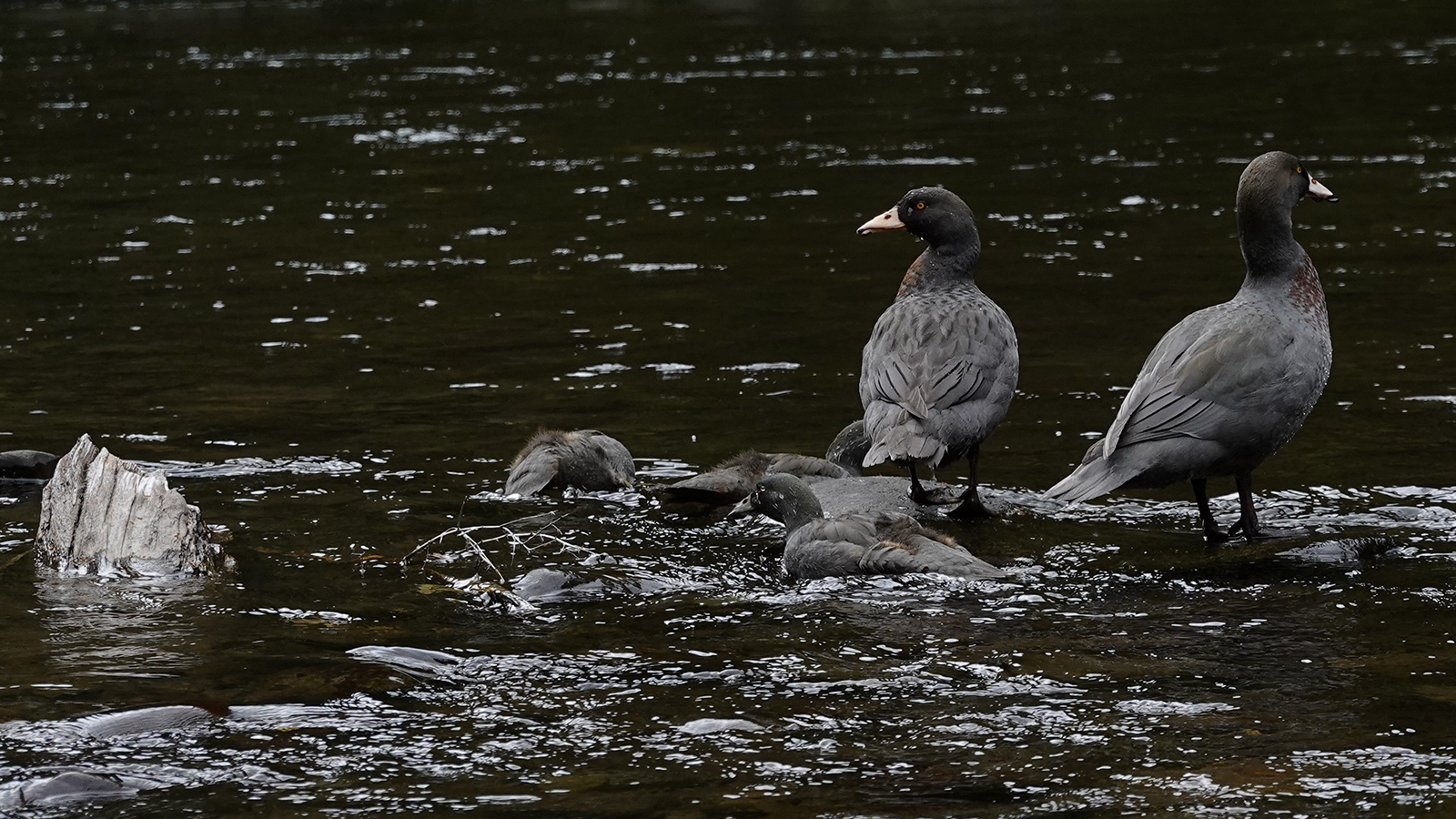Whio (blue duck) numbers in Kaimanawa Forest Park will continue to improve, thanks to sika hunters in the central North Island.
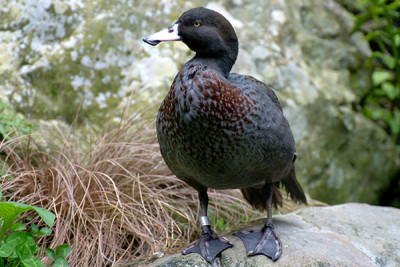
Hunters are seeing more whio in Kaimanawa Forest Park since the Sika Foundation Whio Recovery Project was started in 2018.
Phew for our 'threatened-nationally vulnerable' duck species!
Whio (blue duck) numbers will continue to improve, thanks to sika hunters in the central North Island.
The Sika Foundation Whio Recovery Project is extending its trapping network in Kaimanawa Forest Park to further help the endemic duck species, which requires not only predator control but also clean, fast running streams and rivers for survival.
Sika Foundation secretary and wildlife biologist Cam Speedy says since the recovery project started in 2018, hunters were seeing more whio in the forest park, south of Taupō.
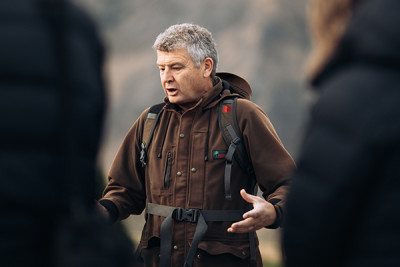
Cam Speedy says sika hunters protecting whio is part of giving back to the places they use, love and connect very deeply to.
“Like deer, and therefore hunters, whio are most active at dawn and dusk so we regularly encounter them when we’re going to or on the way back from a hunt,” says Cam, who is passionate about wildlife management, both native and introduced species.
“Whio are a true taonga species of New Zealand, but they depend on active conservation management to survive predation by stoats, rats and feral cats.
“Protecting them is part of giving back to the places we use, love and connect very deeply to.”
The Sika Foundation currently has 524 traps along a 42-kilometre trapping network in the forest park, including 10km along the Oamaru River, 14km along the Kaipo River, 10km along the Tauranga River, 3km along the Hinemaiaia River and 5km in the Waipakihi Valley.
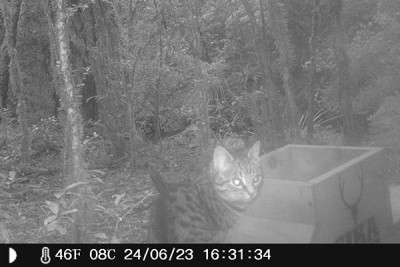
Feral cats are the second biggest threat to whio in Kaimanawa Forest Park.
This year, with the help of a $5970 fund from Waikato Regional Council’s Environmental Initiatives Fund, a 20-kilometre trapline will be installed along Clements Mill Road to further help protect whio in the Hinemaiaia River, as well as short-tailed bats and kiwi in the surrounding old growth red beech forest.
Blue duck were once widespread across New Zealand, but their habitat has been reduced by forest clearance, sediment runoff, poor water quality, water diversions and damming for hydro-electric and irrigation schemes.
While predators, especially stoats and rats, directly target eggs, ducklings and female ducks on the nest, whio are also vulnerable to flooding, which can destroy nests, change the shape of the river, separate families, wash away food sources, and force them into side streams where they lose water as their first defence.
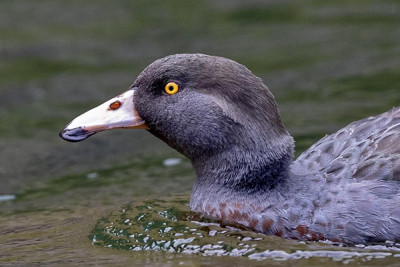
Did you know whio have soft rubbery ‘lips’ on the end of their bill so they can scrape insect larvae off rocks without damaging them?
Today, with an estimated population of below 3000, whio are found only in the isolated and less modified catchments of Te Urewera, East Cape and central North Island, and along the West Coast of the South Island between Nelson and Fiordland.
The Department of Conservation’s latest (2021) five-yearly census at actively managed sites counted 863 pairs under protection in New Zealand: 491 pairs in the North Island and 372 pairs in the South Island.
Cam says managing the small whio population in the Kaimanawa is certainly an exercise of logistics, safety and planning.
The recovery project has a pool of about 250 volunteers, mostly hunters, to check the traps year-round, and more often during the whio nesting season between October and December.
About 50 of the volunteers are very active, including year 12 Tauhara College outdoor education students who check the Hinemaiaia trapline during school terms.
“The good news is our investment is paying off, and the density of territorial pairs is definitely increasing in the areas where we are trapping.
“Around Oamaru/Kaipo rivers, pair numbers have grown from two to seven; and at the Tauranga-Taupo River headwaters, we now have three pairs living near Cascade Hut after just two years of active management.”
Did you know?
- The Māori name whio comes from the sound of the high-pitched call of the male bird.
- Whio have soft rubbery ‘lips’ on the end of their bill which allows them to scrape insect larvae off rocks while protecting their bill from damage.
The Sika Foundation Whio Recovery Project is always looking for volunteers and sponsors. If you would like to get involved, please express your interest to volunteer@sikafoundation.co.nz.



